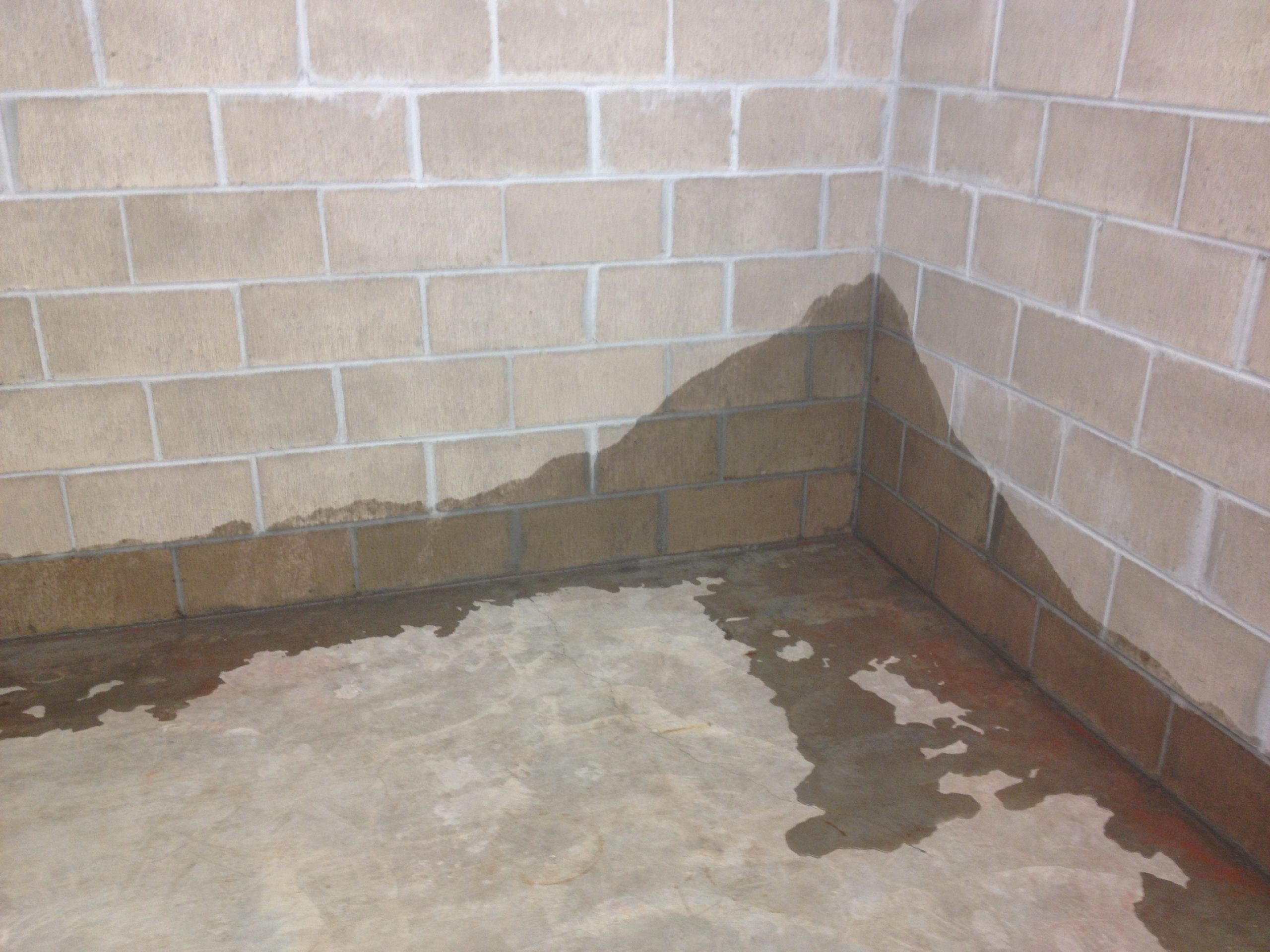A wet basement is a common yet serious issue faced by many homeowners. It can lead to a range of problems, from structural damage to health hazards such as mold and mildew. Understanding the root causes of basement dampness and taking proactive steps to mitigate them is essential for maintaining the integrity and safety of your home.
Identifying the Source of Moisture
The key to solving any wet basement problem is identifying where the moisture is coming from. Common sources include external factors like rain or groundwater seepage, internal issues like plumbing leaks, or even condensation.
Look for tell-tale signs such as water stains, musty odors, peeling paint, or efflorescence on walls and floors.
Ensuring Proper Drainage and Landscaping
One of the most effective ways to prevent basement moisture is by ensuring proper drainage around your home. This involves keeping gutters and downspouts clean and functional, and making sure they direct water away from the foundation.
Additionally, the ground around your home should slope away to prevent water pooling. This might involve re-grading or adding drainage solutions like French drains.
Exploring Waterproofing Solutions
Waterproofing your basement walls and floors can be a powerful deterrent against moisture. This can be done from the inside using various sealants and coatings or from the outside, which often involves more extensive work like excavating around the foundation.
The right choice depends on the severity and source of the moisture.
Combating Condensation
Condensation is a common issue in basements, especially during humid months. To reduce condensation, improve air circulation, use dehumidifiers, and insulate cold surfaces where moisture tends to condense. This includes insulating pipes and using vapor barriers.
Installing a Sump Pump
In areas with high groundwater levels or prone to flooding, a sump pump can be a lifesaver. It collects water that accumulates in a sump basin and pumps it away from the house, keeping your basement dry.
Regular Maintenance and Inspection
Conducting regular inspections and maintenance can catch small problems before they become big ones. This includes checking for cracks, ensuring sump pumps are working, and looking for any signs of moisture or damage.
Addressing Mold and Mildew Promptly
Mold and mildew not only indicate a moisture problem but also pose health risks. If you find mold, it’s crucial to clean it up immediately and address the moisture source. In cases of extensive mold growth, professional remediation may be necessary.
Making Interior Adjustments
Choosing the right materials and design for your basement can mitigate moisture problems. Use moisture-resistant materials like metal framing, inorganic wall panels, and tiled floors. Elevate appliances and furniture to prevent damage from minor flooding.
Consulting with Professionals
For persistent or severe moisture issues, it’s wise to seek professional advice. Waterproofing experts, structural engineers, or basement contractors can offer tailored solutions and help you navigate complex problems like foundation cracks or major water seepage.
Understanding Insurance and Legal Considerations
It’s important to understand what your homeowner’s insurance covers in terms of water damage and to take any necessary legal steps if the moisture problem is due to external factors like city sewer systems or
neighboring property issues. Knowing your coverage and rights can be crucial in managing costs and responsibilities.
FAQs:
Q1. How can I tell if my basement waterproofing needs updating?
A1. Signs like damp spots, peeling paint, or a musty smell can indicate that your existing waterproofing is failing and may need an update or replacement.
Q2. Is it necessary to waterproof both the interior and exterior of the basement?
A2. It depends on the severity and source of the moisture. Sometimes interior methods are sufficient, but in more serious cases, exterior waterproofing may be necessary.
Q3. What should I do immediately if I notice water in my basement?
A3. First, find the source of the water and stop it if possible. Remove any water-damaged items and dry out the area. Consider using fans or a dehumidifier to help with drying.
Q4. Are basement moisture issues common in new homes?
A4. Yes, even new homes can have basement moisture problems due to construction issues, inadequate drainage, or settling of the foundation.
Q5. Can landscaping changes alone solve my basement moisture problem?
A5. Landscaping can help, especially in cases of surface water problems, but it may not be a complete solution for issues like high groundwater levels or structural leaks.
Q6. How long does basement waterproofing last?
A6. The lifespan of basement waterproofing varies depending on the type of method used. Some solutions may last for over a decade, while others might need more frequent maintenance or updates.
Q7. Can I install a sump pump myself?
A7. Installing a sump pump can be a DIY project, but it requires some knowledge of plumbing and electrical systems. For best results, it may be advisable to hire a professional.
Q8. What are the health risks associated with a wet basement?
A8. Damp basements can lead to mold and mildew growth, which are known to cause respiratory problems, allergies, and other health issues.
Conclusion
A wet basement is a challenge that requires a proactive approach. From identifying the moisture source to implementing long-term solutions like proper drainage, waterproofing, and regular maintenance, it’s vital to take comprehensive steps to address the issue. Remember that early intervention can prevent more significant problems down the line.

A group of home improvement enthusiasts and bathroom design experts, combines in-depth knowledge and a shared passion to deliver engaging, informative content that guides readers through the world of bathroom innovation and style.

Leave a Reply